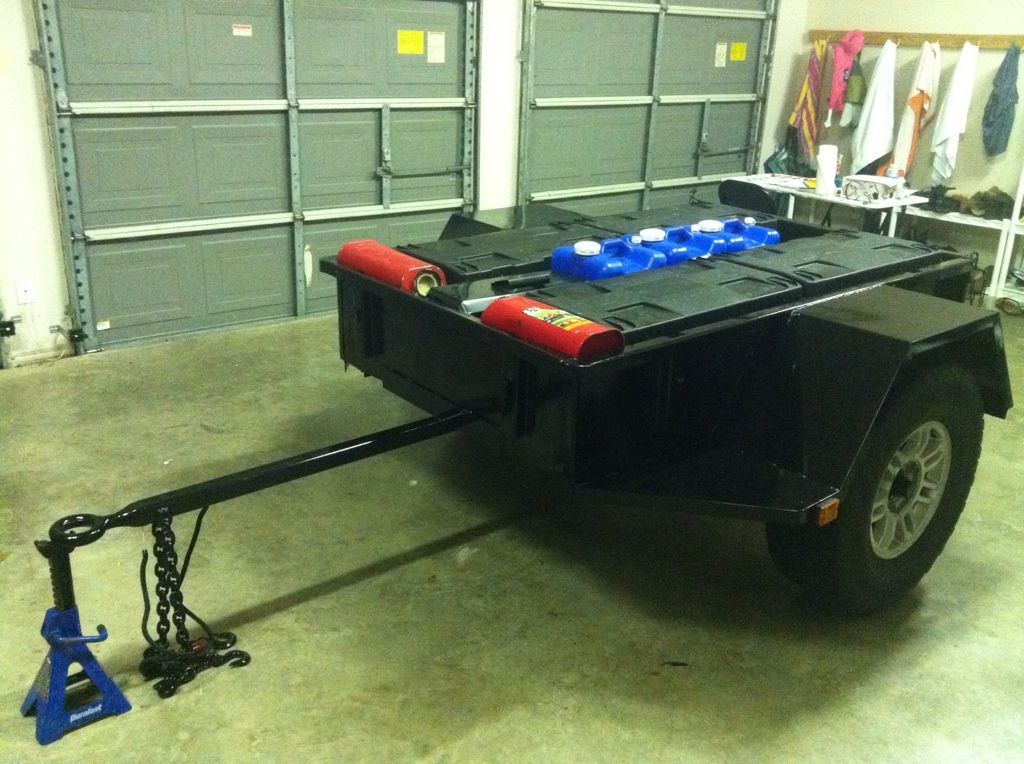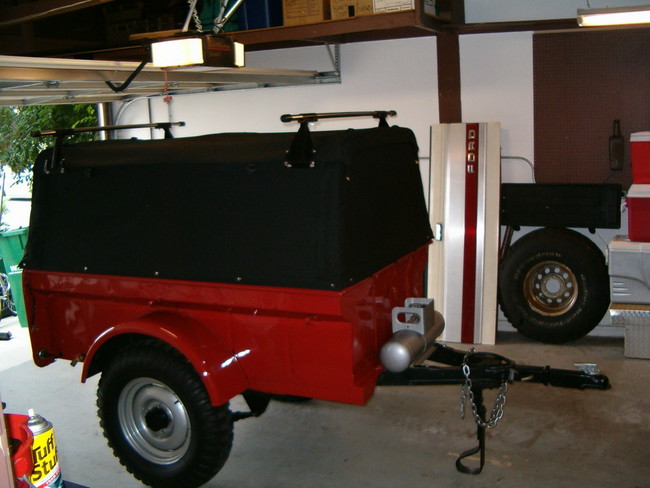Chris Cordes
Expedition Leader
Alright well I am trying to decide what direction I want to go next with this trailer. So far I've compiled a list of pros and cons for each method but I would like input for people with some experience with this. Ive never seen anyone make a lid for a sears/david bradley trailer(maybe for a reason?)
Lid
Pros - Ability to put more objects inside the trailer securely and relatively out of the elements, Ability to put loose items into the trailer not just boxes containing things, covers contents from others views and animals
Cons - Heavier, more expensive, seems like trailer may not be deep enough to allow for quite as much storage unless a tall top is built leading to more costs and structure concerns, generally not removable for larger loads
Lifted cross bars
Pros - Lighter, cheaper, can fit into pre existing holes so its removable, easy access to supplies
Cons - Exposed gear, inability to pack loose items in trailer, not as rigid as lid, doesnt allow me to take anything more than I currently do.
So what do yall think? Heres a pic of how the trailer sits today

Lid
Pros - Ability to put more objects inside the trailer securely and relatively out of the elements, Ability to put loose items into the trailer not just boxes containing things, covers contents from others views and animals
Cons - Heavier, more expensive, seems like trailer may not be deep enough to allow for quite as much storage unless a tall top is built leading to more costs and structure concerns, generally not removable for larger loads
Lifted cross bars
Pros - Lighter, cheaper, can fit into pre existing holes so its removable, easy access to supplies
Cons - Exposed gear, inability to pack loose items in trailer, not as rigid as lid, doesnt allow me to take anything more than I currently do.
So what do yall think? Heres a pic of how the trailer sits today







